Frequency Domain 2.5D GPR Forward Modeling
-
摘要:
该文从频率域电磁法满足的控制方程出发,采用有限单元法实现了频率域2.5维探地雷达(GPR)正演模拟。重点分析了波数域电磁场谱随相对介电常数和收发距变化的规律,探讨了2.5维GPR正演模拟的波数选取问题;基于Open MP并行算法与串行算法的计算效率对比,表明频率域2.5维GPR数值模拟方法具有高效率、高精度和高度并行性的特点,为雷达正演提供重要理论参考依据和技术支撑,是GPR全波形反演的重要基础。
Abstract:Based on the governing equations satisfied by the electromagnetic method of the frequency domain, the finite element method is used to realize the forward simulation of 2.5-Dimensional a (2.5D) Ground Penetrating Radar (GPR) in the frequency domain. The law of the electromagnetic field spectrum in the wavenumber domain with the relative permittivity and the transmission and reception distance is analyzed in detail. The selection of the wave number in the 2.5D GPR forward modeling simulation is discussed. Based on the comparison of the computational efficiency of the Open MP parallel algorithm and the serial algorithm, the results show that the 2.5D GPR numerical simulation method in the frequency domain has the characteristics of high efficiency, high precision, and high parallelism. It provides important theoretical reference and technical support for radar forward modeling, and provides an important foundation for GPR full waveform inversion.
-
表 1 整个程序OpenMP并行不同线程计算效率
1线程 2线程 4线程 8线程 16线程 20线程 CPU负载率(%) 78.7 9.2 19.2 37.7 72.6 90.3 占用内存(GB) 1.32 1.95 2.86 5.84 10.16 13.26 运行时间(s) 242.887 359.917 190.912 106.645 79.925 86.375 加速比(SP) 无 0.673 1.269 2.271 3.030 2.812 -
屈乐乐, 方广有, 杨天虹. 压缩感知理论在频率步进探地雷达偏移成像中的应用[J]. 电子与信息学报, 2011, 33(1): 21–26. doi: 10.3724/SP.J.1146.2009.01528QU Lele, FANG Guangyou, and YANG Tianhong. The application of compressed sensing to stepped-frequency ground penetrating radar migration imaging[J]. Journal of Electronics &Information Technology, 2011, 33(1): 21–26. doi: 10.3724/SP.J.1146.2009.01528 郑适, 张安学, 岳思橙, 等. 基于改进粒子群优化的探地雷达波形反演算法[J]. 电子与信息学报, 2014, 36(11): 2717–2722. doi: 10.3724/SP.J.1146.2013.01979ZHENG Shi, ZHANG Anxue, YUE Sicheng, et al. Ground penetrating radar inversion algorithm based on improved particle swarm optimization[J]. Journal of Electronics &Information Technology, 2014, 36(11): 2717–2722. doi: 10.3724/SP.J.1146.2013.01979 YEE K. Numerical solution of initial boundary value problems involving Maxwell’s Equations in isotropic media[J]. IEEE Transactions on Antennas and Propagation, 1996, 14(3): 302–307. BERGMANN T, ROBERTSSON J O A, and HOLLIGER K. Finite-difference modeling of electromagnetic wave propagation in dispersive and attenuating media[J]. Geophysics, 1998, 63(3): 856–867. doi: 10.1190/1.1444396 IRVING J and KNIGHT R. Numerical modeling of ground-penetrating radar in 2-D using MATLAB[J]. Computers & Geosciences, 2006, 32(9): 1247–1258. doi: 10.1016/j.cageo.2005.11.006 刘四新, 曾昭发. 频散介质中地质雷达波传播的数值模拟[J]. 地球物理学报, 2007, 50(1): 320–326. doi: 10.3321/j.issn:0001-5733.2007.01.040LIU Sixin and ZENG Zhaofa. Numerical simulation for Ground Penetrating Radar wave propagation in the dispersive medium[J]. Chinese Journal of Geophysics, 2007, 50(1): 320–326. doi: 10.3321/j.issn:0001-5733.2007.01.040 冯德山, 杨良勇, 王珣. 探地雷达FDTD数值模拟中不分裂卷积完全匹配层对倏逝波的吸收效果研究[J]. 地球物理学报, 2016, 59(12): 4733–4746. doi: 10.6038/cjg20161232FENG Deshan, YANG Liangyong, and WANG Xun. The unsplit convolutional perfectly matched layer absorption performance analysis of evanescent wave in GPR FDTD forward modeling[J]. Chinese Journal of Geophysics, 2016, 59(12): 4733–4746. doi: 10.6038/cjg20161232 底青云, 王妙月. 雷达波有限元仿真模拟[J]. 地球物理学报, 1999, 42(6): 818–825. doi: 10.3321/j.issn:0001-5733.1999.06.012DI Qingyun and WANG Miaoyue. 2D finite element modeling for radar wave[J]. Chinese Journal of Geophysics, 1999, 42(6): 818–825. doi: 10.3321/j.issn:0001-5733.1999.06.012 杜华坤, 冯德山, 汤井田. 基于Delaunay三角形的非结构化有限元GPR正演[J]. 中南大学学报: 自然科学版, 2015, 46(4): 1326–1334. doi: 10.11817/j.issn.1672-7207.2015.04.022DU Huakun, FENG Deshan, and TANG Jingtian. GPR simulation by finite element method of unstructured grid based on Delaunay triangulation[J]. Journal of Central South University:Science and Technology, 2015, 46(4): 1326–1334. doi: 10.11817/j.issn.1672-7207.2015.04.022 石明, 冯德山, 王洪华, 等. 各向异性介质GPR非结构化网格有限元正演[J]. 中南大学学报: 自然科学版, 2016, 47(5): 1660–1667. doi: 10.11817/j.issn.1672-7207.2016.05.027SHI Ming, FENG Deshan, WANG Honghua, et al. GPR numerical simulation for anisotropic medium by using finite element method based on unstructured meshes[J]. Journal of Central South University:Science and Technology, 2016, 47(5): 1660–1667. doi: 10.11817/j.issn.1672-7207.2016.05.027 王洪华, 吕玉增, 王敏玲, 等. 基于PML边界条件的二阶电磁波动方程GPR时域有限元模拟[J]. 地球物理学报, 2019, 62(5): 1929–1941. doi: 10.6038/cjg2019M0610WANG Honghua, LÜ Yuzeng, WANG Minling, et al. A perfectly matched layer for second order electromagnetic wave simulation of GPR by finite element time domain method[J]. Chinese Journal of Geophysics, 2019, 62(5): 1929–1941. doi: 10.6038/cjg2019M0610 孟旭, 刘四新, 傅磊, 等. 基于对数目标函数的跨孔雷达频域波形反演[J]. 地球物理学报, 2016, 59(5): 1875–1887. doi: 10.6038/cjg20160530MENG Xu, LIU Sixin, FU Lei, et al. Frequency domain waveform inversion of cross-hole GPR data based on a logarithmic objective function[J]. Chinese Journal of Geophysics, 2016, 59(5): 1875–1887. doi: 10.6038/cjg20160530 戴世坤, 王顺国, 张钱江, 等. 频率域可控源电磁法2.5D正反演[J]. 中国有色金属学报, 2013, 23(9): 2513–2523. doi: 10.19476/j.ysxb.1004.0609.2013.09.022DAI Shikun, WANG Shunguo, ZHANG Qianjiang, et al. 2.5D forward and inversion of CSEM in frequency domain[J]. The Chinese Journal of Nonferrous Metals, 2013, 23(9): 2513–2523. doi: 10.19476/j.ysxb.1004.0609.2013.09.022 薛东川, 戴世坤. 频率域2.5维电磁测深有限元模拟中的吸收边界条件[J]. 中国石油大学学报: 自然科学版, 2008, 32(6): 57–61. doi: 10.3321/j.issn:1673-5005.2008.06.011XUE Dongchuan and DAI Shikun. Absorbing boundary condition for simulating 2.5-D electromagnetic sounding in frequency domain by finite element method[J]. Journal of China University of Petroleum:Edition of Natural Science, 2008, 32(6): 57–61. doi: 10.3321/j.issn:1673-5005.2008.06.011 胡涂. 探地雷达2.5D频率域数值模拟[D]. [硕士论文], 中南大学, 2014.HU Tu. Frequency domain 2.5D GPR Forward Modeling[D]. [Master dissertation], Central South University, 2014. SCHENK O and GÄRTNER K. Solving unsymmetric sparse systems of linear equations with PARDISO[C]. International Conference on Computational Science, The Netherlands, 2002. doi: 10.1007/3-540-46080-2_37. -





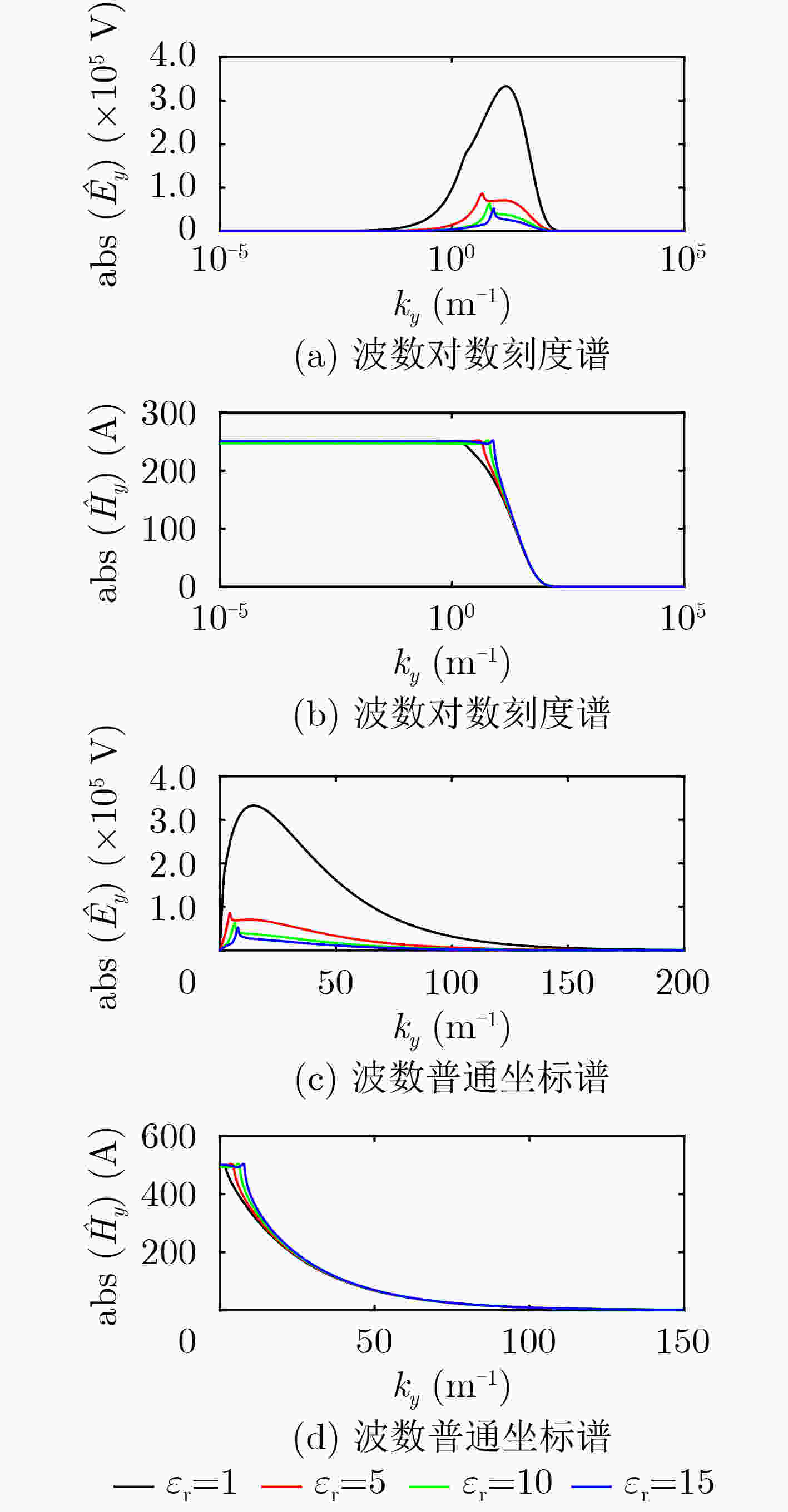
 下载:
下载:
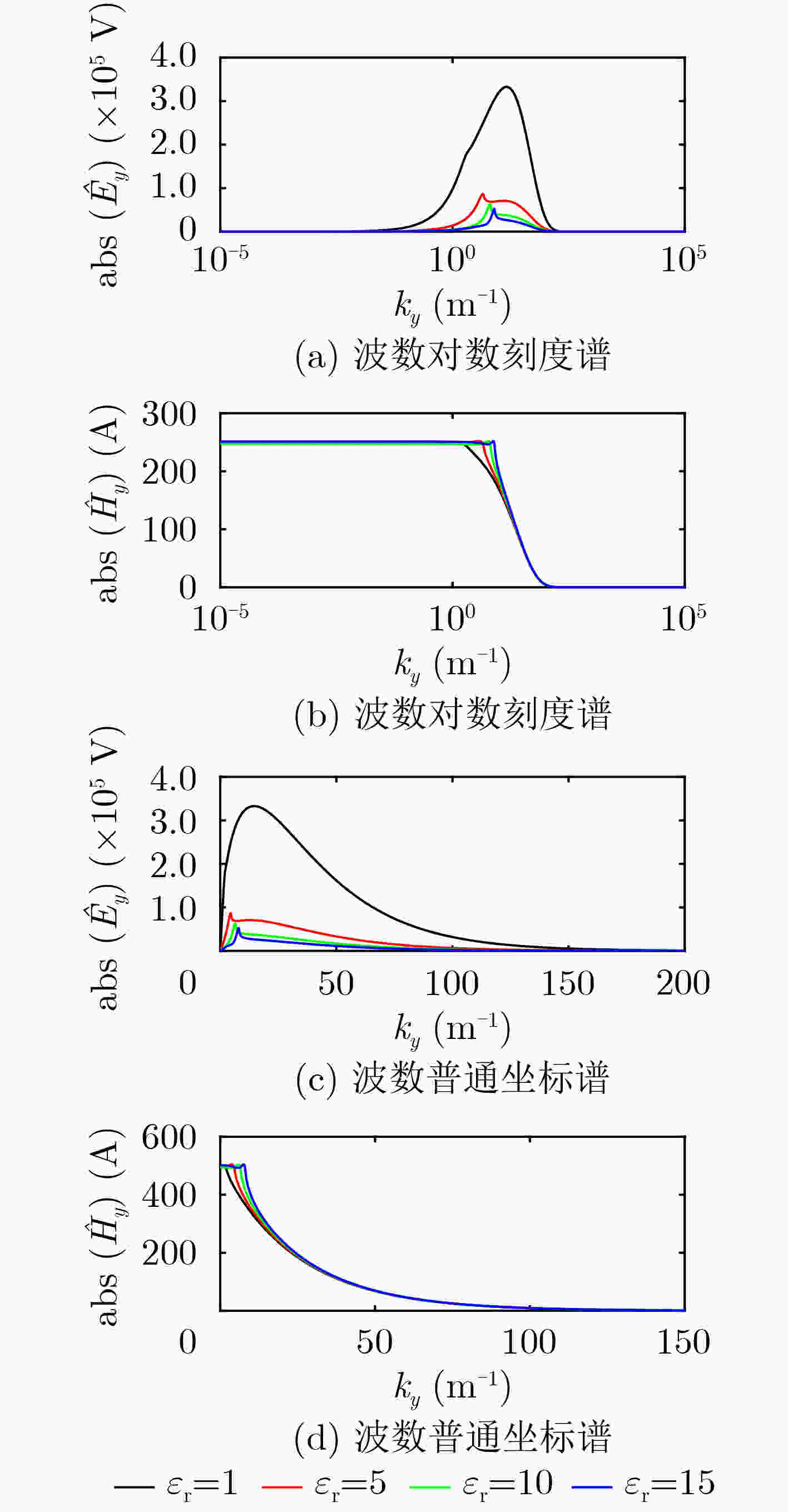
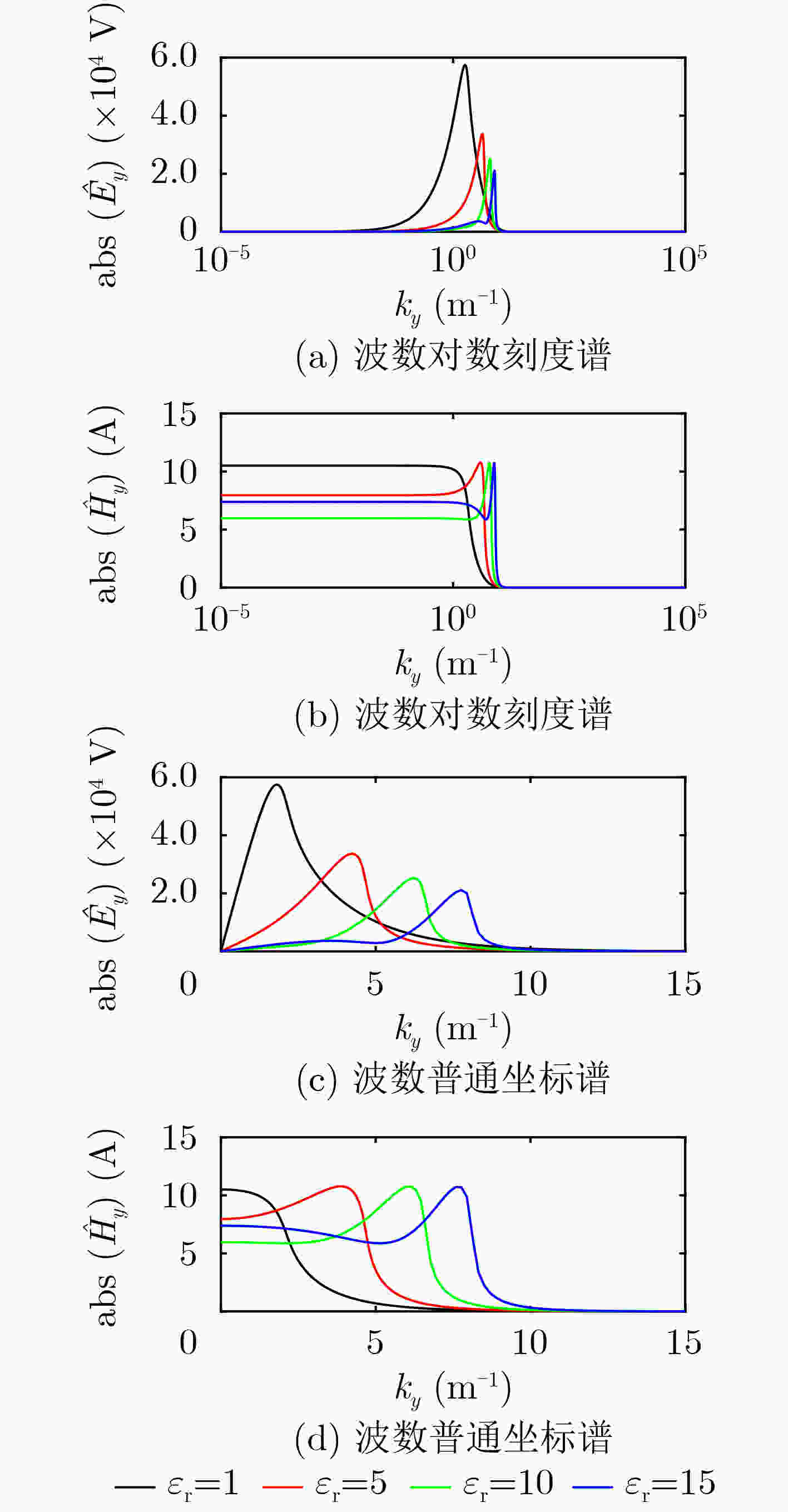
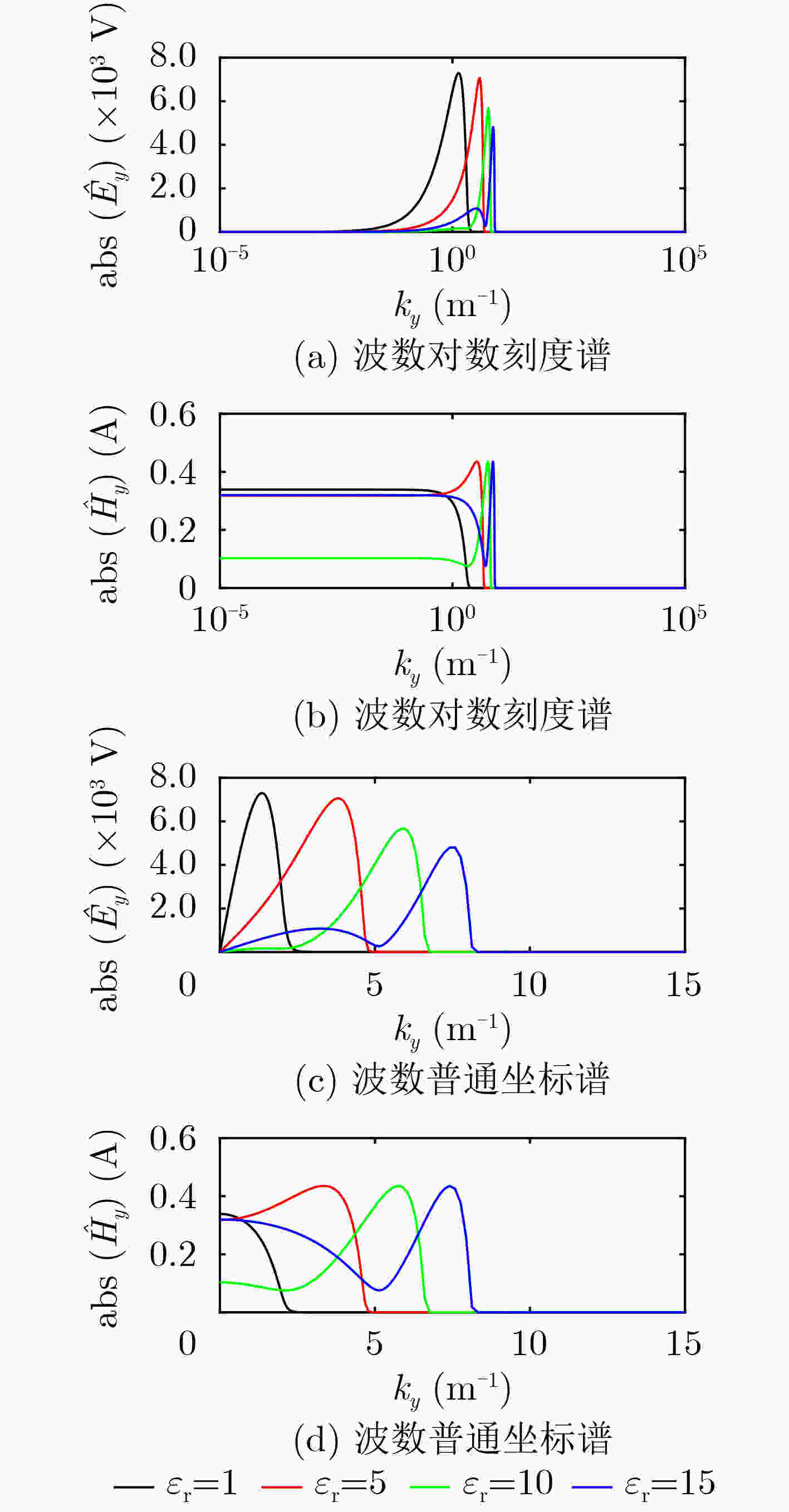
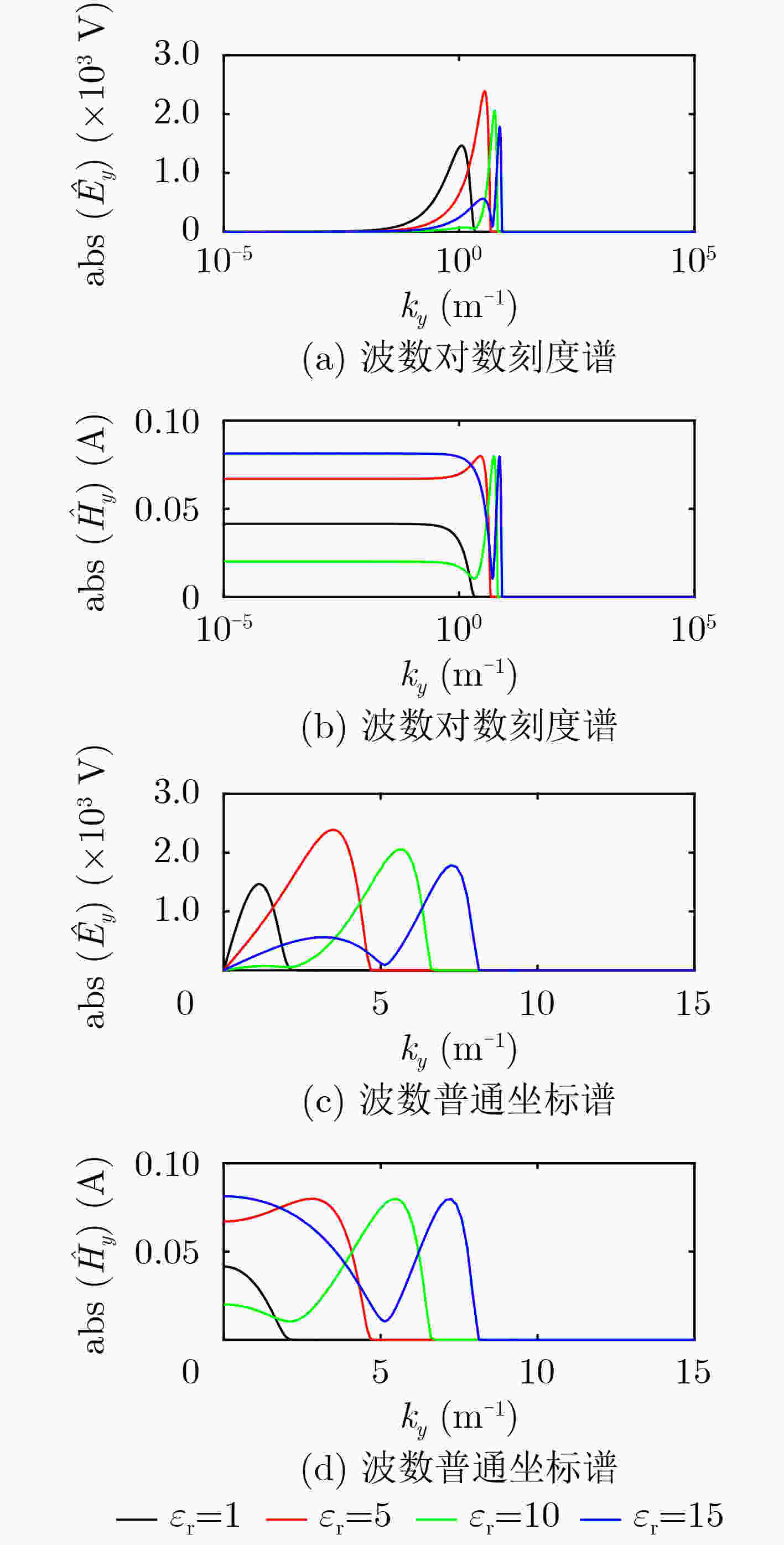
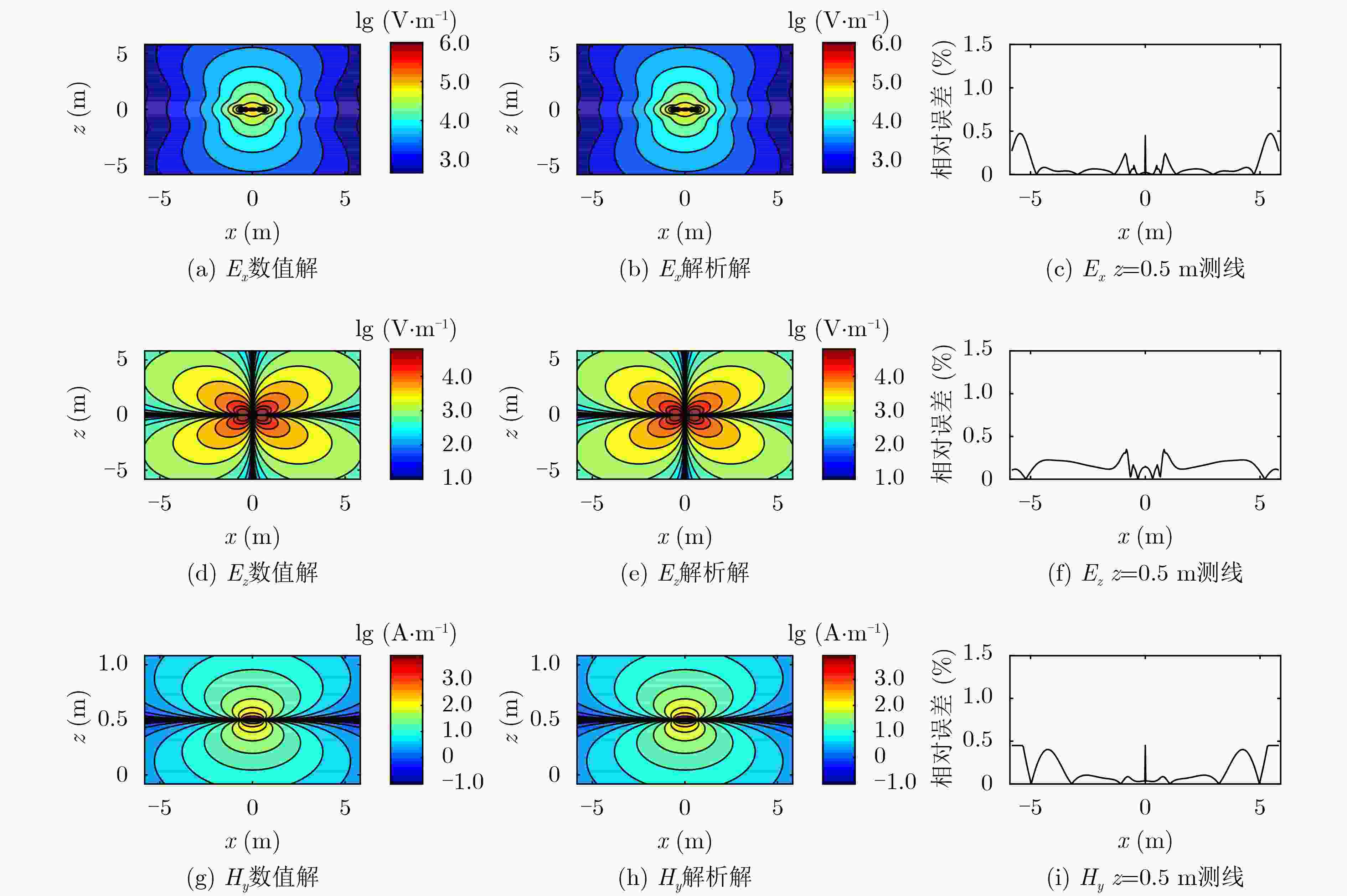
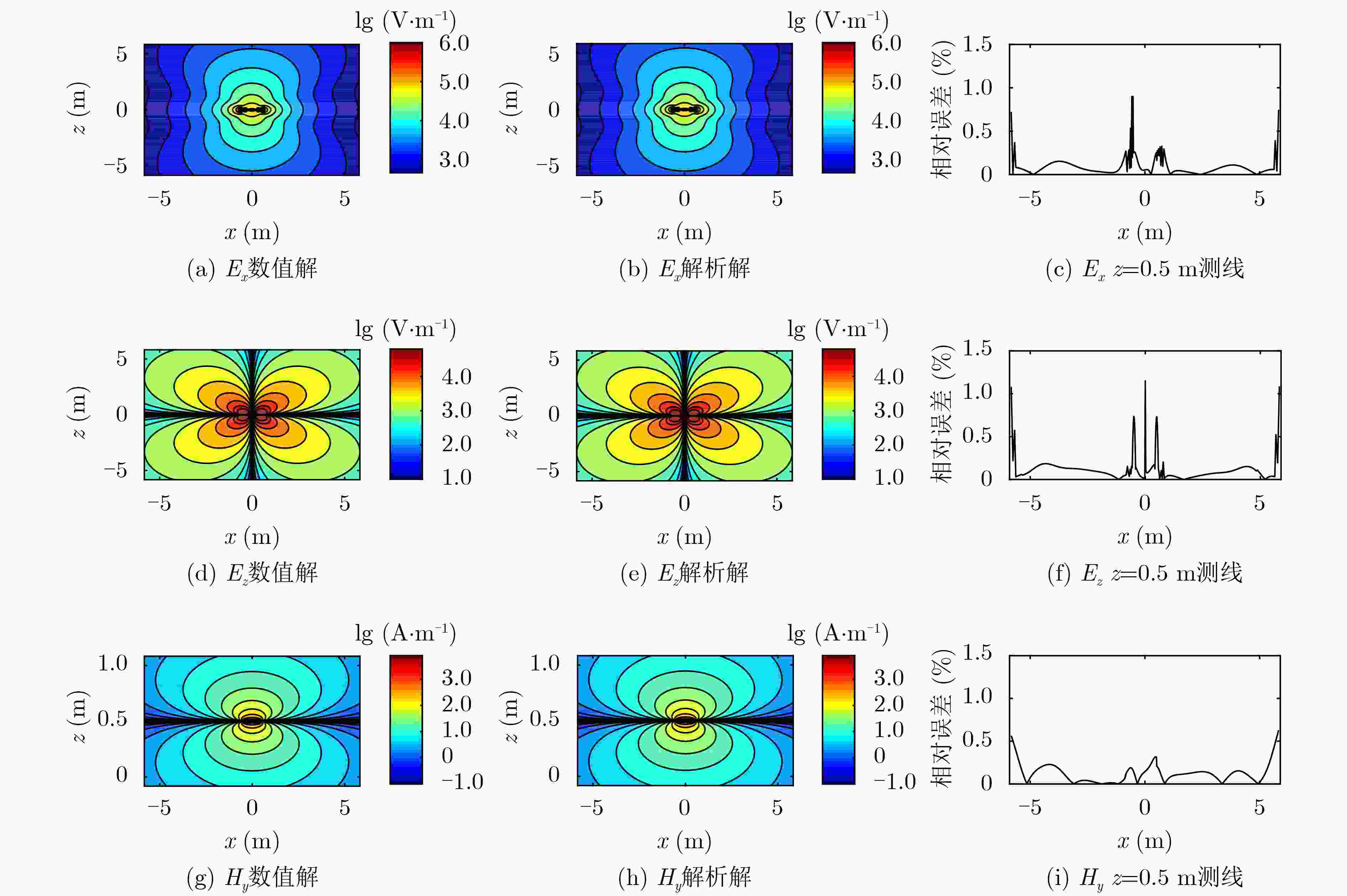

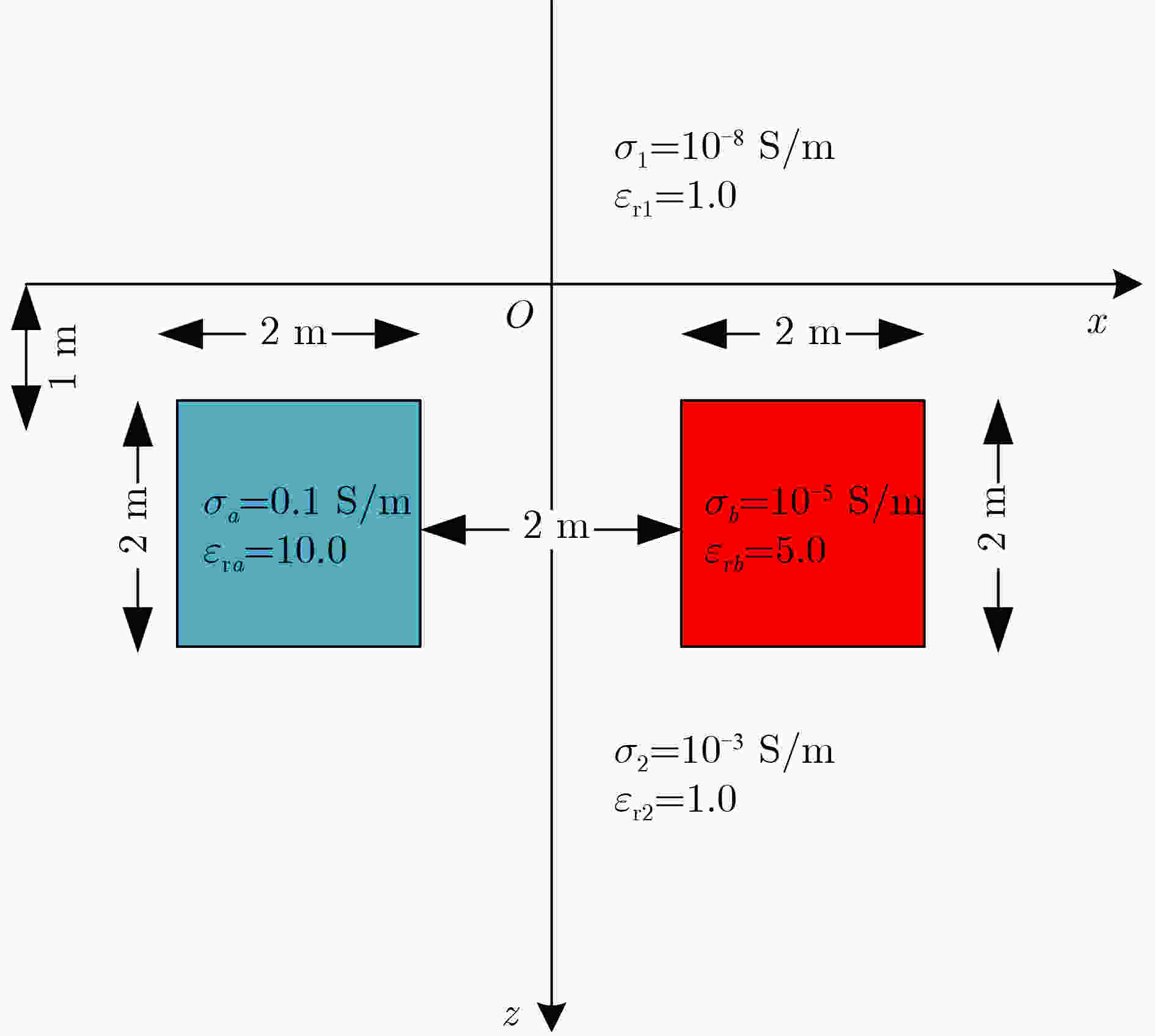
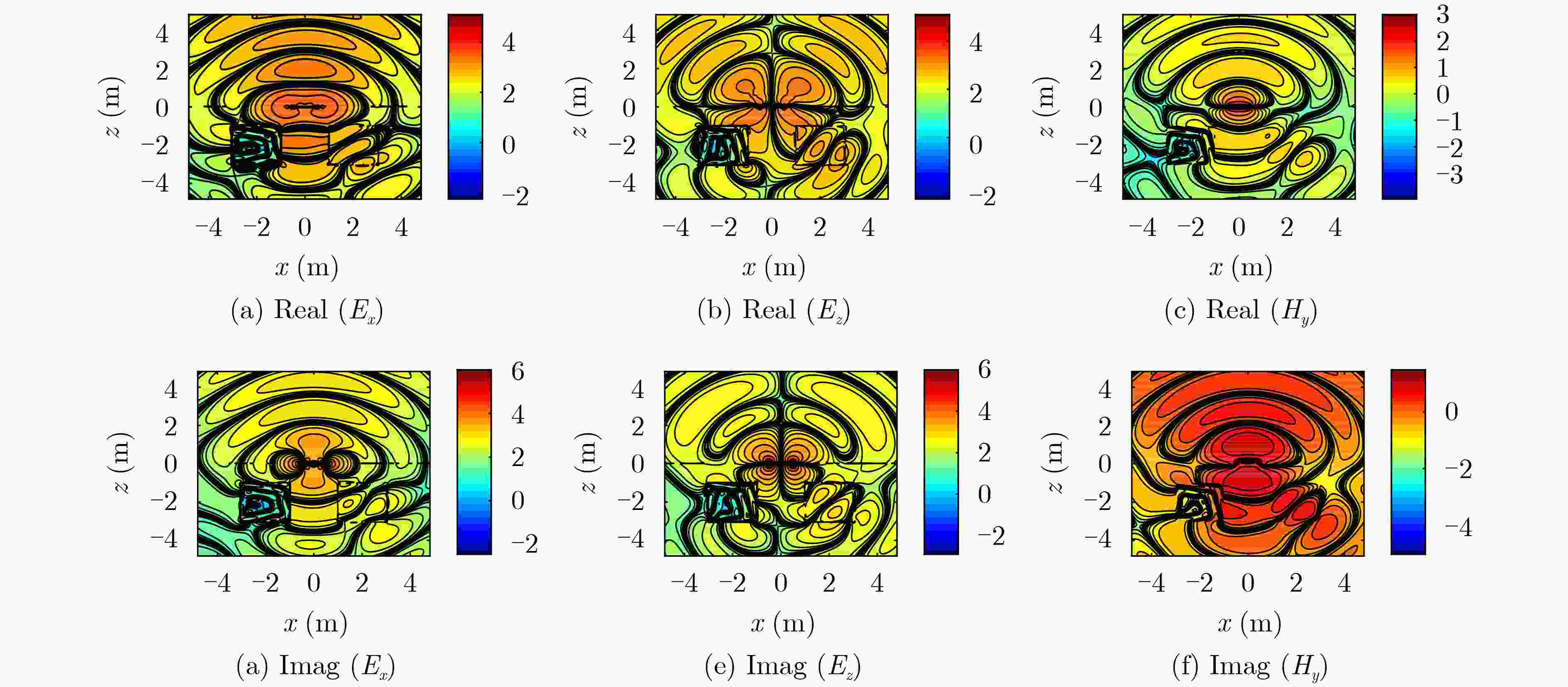


 下载:
下载:
